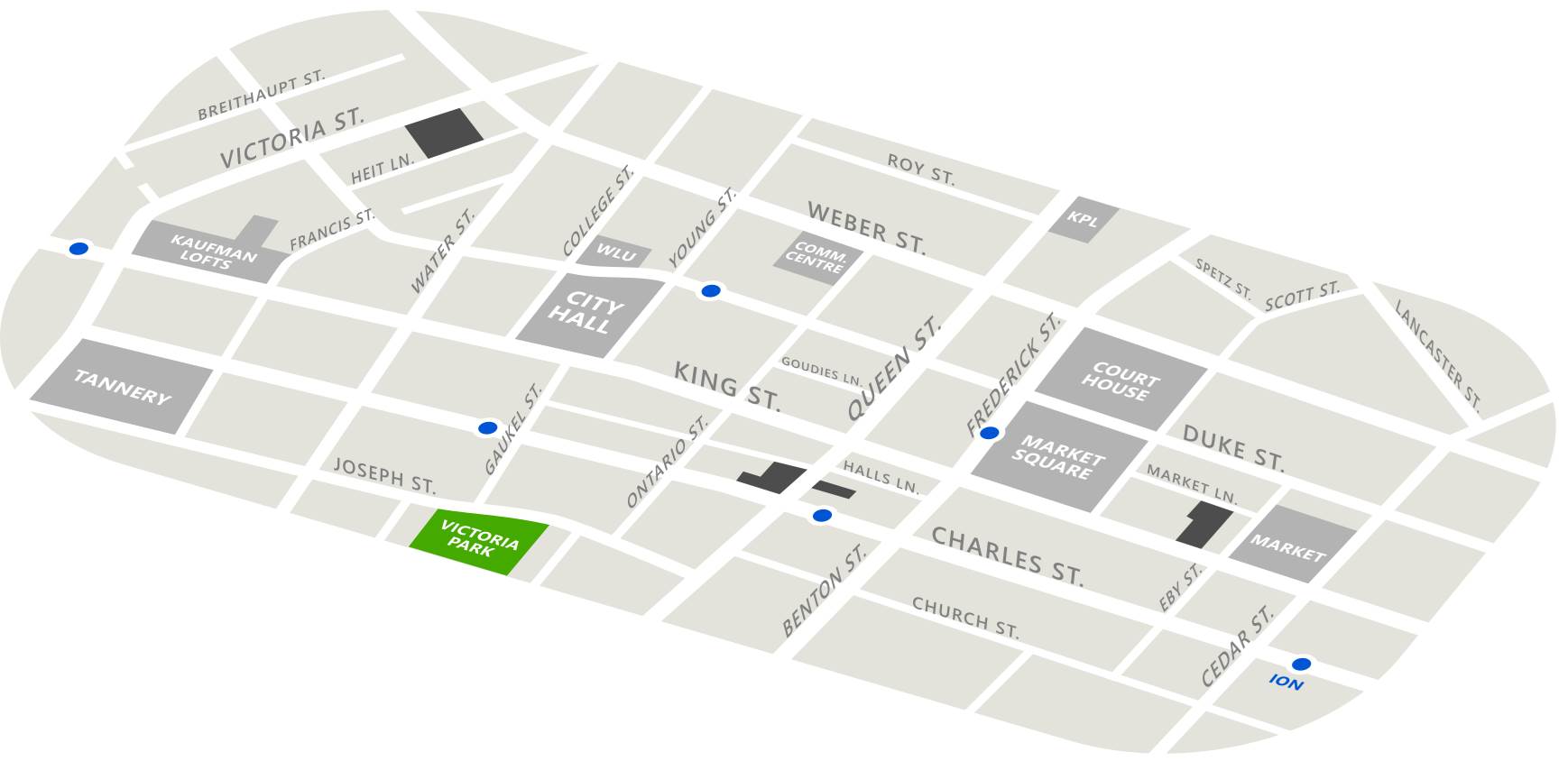By Isaiah Ritzmann
Published in September 2020
Whatever else it was, late March and early April of this year was a time of great disorientation. In a matter of weeks everything changed and our usual way of being in the world was completely upended. As we began to isolate from each other and refrain from the usual weekly ballet of work, errands, family, & friends many of us felt this strong yearning in our hearts: we want to go back to normal. Yet alongside that cry for the familiar & the ordinary many of us also shared a deep sense that the normal we had become so used to was destructive and undesirable. What was normal before COVID-19 was a world of ecological, economic, and social woe: climate change, the sixth great mass extinction, extreme wealth inequality, rising xenophobia, drug addictions, epidemic anxiety, depression, and loneliness. In a COVID-19 world what we need is not only a vaccine and a bail-out package – we need a new normal.
Whenever and wherever voices have emerged questioning the status quo they have always insisted that to be an effective critique, lament must be coupled with vision and hope. We can’t just focus on the downsides of the old normal. We have to paint a picture of what the new normal might look, sound, and feel like. Grace Lee Boggs, long-time social activist from Detroit, once said “People are aware that they cannot continue in the same old way but are immobilized because they cannot imagine an alternative.” If we can’t imagine a new normal we’ll get stuck, not wanting to go back to where we were but not knowing where we want to go and how to get there. Part of the work of leaving the old normal behind is imagining a new normal that can inspire and mobilize us to create a new kind of society that is just and sustainable.
Reducing CO2 Emissions
The great gift of COVID-19 has been the widely shared experience of a different way of being. We don’t have to imagine a new normal from scratch. Some of those experiences have already been handed to us. Take as an important example all the ways people reduced their C02 emissions during the COVID quarantine. Commuting slowed down rapidly & flying virtually stopped. During this time many people re-discovered working from home and vacationing in place. These acts, imposed by the quarantine, have had a significant cumulative effect. A recent estimate from the US suggests that the new normal of working and shopping from home will “reduce driving in the United States by up to 270 billion miles a year.” (energypost.eu).
An Upsurge in Biking
An upsurge of biking has been another unintended consequence. As people no longer have to commute for work, yet still desire to explore the world and be out of the house, many have turned to biking through their cities and surrounding country-side as an enjoyable activity that is also ecologically friendly. The interest has been so great that in some places in Ontario bike shops have actually run out of inventory.
Growing Food Locally
At the same time interest in local food has greatly expanded. In the early spring seedlings were near sold-out from greenhouses across North America. More and more people are planting gardens in their backyards or local community gardens. Urban agriculture and local farmers have also benefited. In communities across Canada and the United States participation in community-shared agriculture has nearly doubled.
Renewing Neighbourhoods
As we meet our physical needs in new ways many of us are rediscovering neighbourhood to meet our social needs. As large gatherings indoors are no longer able to happen many people are finding renewal in the social life of neighbourhoods – backyard gatherings, friendly hellos, and occasional porch chats. Both food and friendship are becoming local again.
Imagining A New Normal
All of us are aware that we cannot continue in the same, old, pre-COVID way. Yet there is no reason to be paralyzed. We can imagine an alternative. We can imagine a new normal. The new normal will look like re-localized economies with lower-carbon footprints. It will look like working from home, backyard and community gardening, and healthy inhabiting of neighbourhoods and countryside. More cars will become electric over the next decade all while people will drive less and bike more. Buying vegetables and fruits from California probably won’t disappear but gradually more and more people will buy more and more from farmers here in Ontario.
COVID-19 brought economic stress and social isolation. As we move out of pandemic mode over the next year we hope that people are able to find economic security and community belonging. Yet we also hope that all these possibilities for a new normal are not lost but nurtured. How can we take all the good that COVID-19 did bring and catalyze it into something more? We’ve only looked at a few of the elements of what a new normal can look like.
The sad news is the new normal is certainly not inevitable. The hopeful news is that the new normal is nevertheless possible. The future isn’t written in stone. It all depends on what we collectively choose in the months and years ahead.
